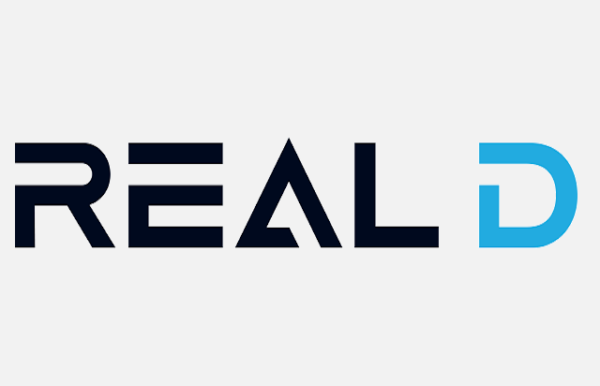We had a great year at the box office in 2015. How was it overall for 3D titles?
I think it was a fantastic year at the box office. One of the big takeaways, and it probably started back with Avengers: Age of Ultron, was that the focus got put back on just how impactful 3D can be for movies. We had a very strong summer for 3D when you look at Mad Max, San Andreas, Jurassic World. 3D was contributing from the low to the high 40 percent of the total box office for these big event movies. That took people a little bit by surprise, and I’ve been in the industry for 30-plus years. That was one of the key things that happened over the summer, the resurgence of 3D, and people seeing the role it’s playing in these blockbusters.
Star Wars: The Force Awakens was such a big success story. How did it perform in 3D?
That was the movie that everybody was talking about for 2015—how big is Star Wars going to be? It didn’t disappoint anybody. I don’t think anyone expected the film could do $900 million in the U.S. We knew that it had a shot at the Avatar record, but to get to $900 was a phenomenal feat. And again, 47 percent of the opening weekend came from 3D ticket sales.
What is your outlook on 3D in 2016?
There are more movies in 3D coming out this year than we had last year. There are 8 to 10 more movies than we had in 2015. When I look through the slate and what my crystal ball tells me, I’m not sure that 2016 has the same mega-blockbusters that we had in 2016. To me, a mega-blockbuster is one that makes over $1 billion worldwide, and in 2015 we had five of those movies, which is unprecedented. When I look to 2016, I’m not sure I see one movie that’s over $1 billion, but I see a lot of them that are above $750 million. There are a lot of movies we can call blockbusters, but we might be missing the mega-blockbusters from 2015.
Outside of the U.S., what markets are the ones to watch in terms of growth in this sector?
China is certainly the standout. I’d say that at least 90 percent of the Hollywood imports are 3D movies. They have a huge appetite for 3D. When a movie runs in 3D, it can do 90-plus percent of its business in the format—the Chinese audiences really embrace it. That’s the standout territory when we look at growth around the world. They’re still building a ton of theaters, something like almost 20 screens a day in the country. A lot of the indigenous product is in 3D as well. Last year their big animated domestic blockbuster, Monster Hunt, was in 3D.
And apart from China?
Russia is a very strong 3D market; Brazil and Germany are as well. And when I say strong, I’m talking about take rates of 60 percent and north of that. When we talk about 40 percent plus here in North America, we’re talking about 60 percent plus in those markets.
In your opinion has 3D reached a level of maturity in the North American market?
It’s been 10 years since Chicken Little came out in 2005 and RealD have little more than 15,000 systems in this country, so I think we’re reaching a mature level. I think what’s happening now is that the studios and exhibition are really learning how to exploit 3D better. And this is something we do as a company at RealD—we work really closely with all of our exhibitors and talk about programming, we work with them in terms of how to program properly, and we work very closely with studios in marketing the films, in determining how to message 3D. So I think what has changed now is that exhibition has learned how to program 3D better and distribution has learned how to promote it better. I think we’re going to see a national uptick in 3D just because we’ve all learned how to do it right.
What are some of the latest projects that RealD is working on?
We have a screen technology coming out that we call the Ultimate Screen. Screens have been made for more than a hundred years, and wherever you go today, whether it’s a white screen or silver screen, they’re all made of vinyl. We’ve come up with a new screen technology that is a bit harder, more of a plastic-rubber unique mesh of material. And since we’re able to engineer the screen now, we’re able to get higher brightness on the screen, higher contrast ratio, better stereo contrast, which means the 3D looks even deeper and broader, and that’s something we’ll be talking about at CinemaCon. We’re looking forward to introducing the screen to the industry, and I’m sure they’ll be fascinated by what this newly engineered screen can do for light levels, uniformity, and 3D stereo contrast. We’re also going to put on a program at CinemaCon called “Demystifying 3D,” where we’re going to get some people involved in the actual 3D moviemaking industry to talk about 3D conversion versus native shooting. It’s going to be sort of a symposium panel on what makes 3D work.



Share this post